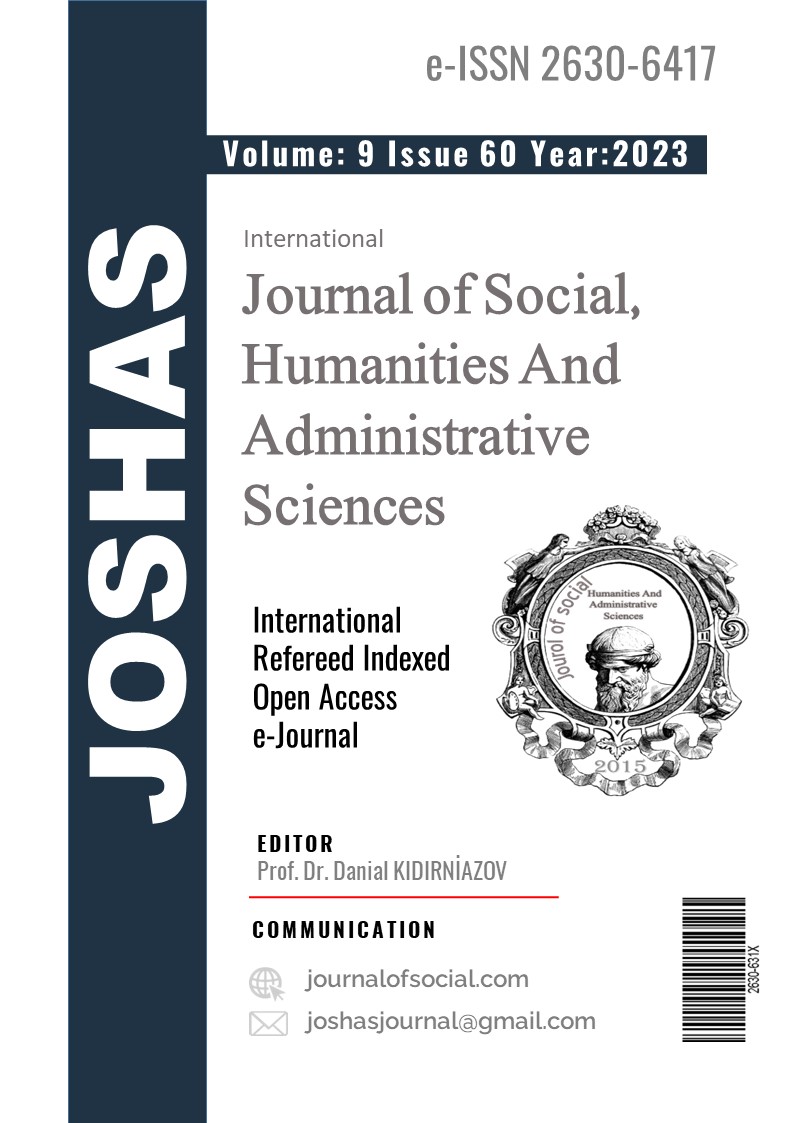Author :
Abstract
|
Her kent, doğal ve kültürel peyzaj değerleri, tarihsel ve toplumsal değişimleri ile bireylere yaşadığı çevre hakkında algısal izlenimler kazandırmaktadır. Gelişen ve değişen sosyo-kültürel, sosyo-ekonomik normlar ve toplumsal yaşanmışlıklar, kente kolektif bellek kazandırmakta, kimlik, strüktür ve anlam olmak üzere üç bileşende sorgulama imkanı vermektedir. Bu kapsamda kentsel imgeler, şehrin insanlar ile iletişim yolunun bir parçasını oluşturmaktadır. Çalışmada Tarihi kent Mudurnu’da somut ve soyut imgeler tespit edilmektedir. Somut imgeler için Lynch (1960) analizi kullanılmakta, soyut imgeler için Delgado (2005) tarafından geliştirilen landmark sınıflandırmasından yararlanılmaktadır. Kentsel imgeleri belirlerken yerleşimin karakter dokusuna ilişkin literatürel veri toplanmış, katılımcı anket değerlendirmesinden yararlanılmıştır. Yerli halk ve üniversite öğrencileri ile yapılan anket değerlendirmesi ve karşılıklı görüşmelerde, işaret ögeleri/ landmarkları belirtmede katılımcılarda algısal farkındalıkların olduğu tespit edilmiştir. Kente anlam ve karakter kazandıran soyut kavram ve imgelerinin yaşatılamama tehdidi ile karşı karşıya kaldığı, özellikle yeni yapılaşma ile oluşan yerleşim alanlarının geçmiş doku ile bütünsellik göstermemesinin kentsel okunabilirliği olumsuz yönde etkilediği sonucu elde edilmiştir. |
Tarihi özellikli yerleşimlerde kentsel okunabilirliği sağlamada en önemli koşul, sosyal ve kültürel değerleri korumak, geçmiş ile gelecek arasında kentin sürdürülebilirliğini ve sürekliliğini sağlayabilmektir. Mudurnu’da kentsel okunabilirliği destekleyici planlama/tasarım ve uygulama yaklaşımlarına ihtiyaç vardır.
Keywords
Abstract
|
Each city, with its natural, cultural landscape values, historical and social changes, gives individuals perceptual impressions about the environment they live. Developing and changing socio-economic norms and social experiences bring a collective memory to the city and provide the oppotunıty to quations in three components; indentity,structure and meaning. In this context, urban images form a part of the city’s communication path with people. In the study, concrete and abstract images are identified in the historical city of Mudurnu. Lynch (1960) analysis is used for concrete images, and landmark classification developed by Delgado (2005) is used for abstract images. While determining the urban images, literature data on the character texture of the settlement were collected and participant survey evaluation was used. In terms of urban image, it was determined that the participants had perceptual awareness in specifying landmarks in the survey evaluation and mutual interviews with local people and university students. Abstract concepts and images that give meaning and character to the city are faced with the threat of not being able to survive, and that the residential areas formed by new construction do not show integrity with the past texture, negatively affecting the urban legibility. |
The most important condition for ensuring urban legibility in historical settlements is to protect social and cultural values, to create the sustainability and continuity of the city between the past and the future. There is a need for planning/design and implementation approaches that support of urban legibility in Mudurnu
